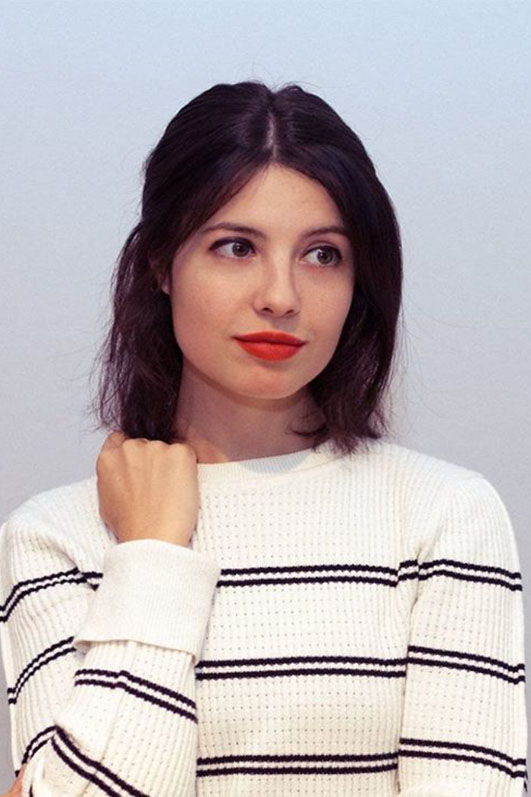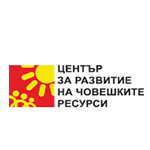

Almudena, or Dena how her friends named her, is a part of our team this year thanks to Erasmus+ program of European Union.
After short-term project in the summer of 2018 she return back in Bulgaria to joint to our team. Her talent and creativity is huge. Singing, drawing, picturing, making video are just a part of her talents.
But last week she visited Archaeological museum in Varna town and now she is working under couple of artefacts that they have. See what she explain us about her work:
“If confinement has taught us anything about the management of world cultural heritage, it is that the dissemination and access to cultural property cannot be limited to the walls of a museum. New technologies are more within our reach than we think, and there is no better resource at this time to bring art and history closer to the public. 3D scanning is a potential tool for making the past, and culture of our society known. The archaeological museum in Varna, Bulgaria, has unique jewels of European culture. They reflect how the world has been carrying out social and commercial relations for millenia. They have now been interrupted by COVID-19. Now more than ever it is time to think about changing the paradigm, to make museums a platform accessible to everyone, from anywhere in the world. It is time to create new ways of disseminating heritage so that it is known, valued, and understood in our history and culture.
For this reason, the museum of Varna with the collaboration of Open Space Foundation, is making a 3D scanning project of some of the most valuable objects in the museum. 3D scanning by photogrammetry is a method that consists of photographing an object from all possible perspectives, rotating and taking pictures in 360°. The photographs are processed by different software to create a 3D model by taking the coordinates and points in common with each photograph. The final 3D model is faithful to the original, that is, it could be printed and used as a replica. At the same time, it is a powerful educational tool. Imagine studying, comparing, and learning about different archaeological objects around the world. Finally, 3D scanning is useful as a conservation tool, as it is a new way to store information about an object. This has always been done with photographs, now it can also be done by turning the object into a 3D digital model.”
The begging of her work start. Stay tinned to see the results.
Project of Almudena Alcantud happen with financial support of European program Erasmus+, KA1: European Volunteer Service.


